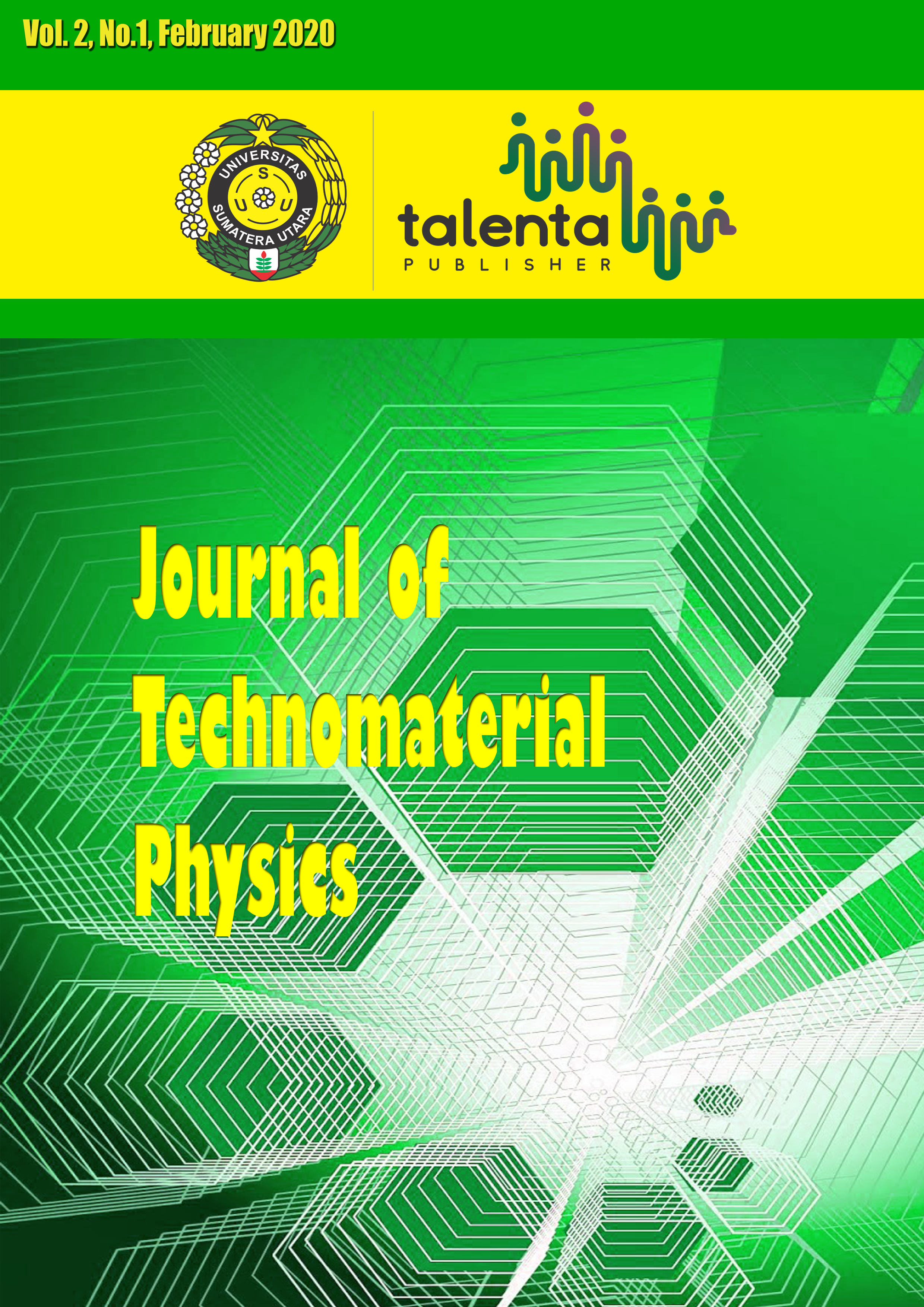Preparation and Characterization of Conductive Plastics Using Cassava Peel Waste and Addition of CuSO4
DOI:
https://doi.org/10.32734/jotp.v2i1.5272Keywords:
conductive plastics, cassava peel, melt intercalation, DTAAbstract
This study investigated the characteristics of a conductive plastic based on root starch and CuSO4 filler. The mixture variation was (95:5)%; (90:10)%; (85:15)%; (80:20)% and (75:25)%. Glycerol is used to change the material as desired (plasticizer) which is called a plasticizer. The method used in the manufacture of this material is melt intercalation. Mechanical testing includes tensile strength (tensile strength) and elongation at break. Thermal testing was done using DTA (Differential Thermal Analysis) and material conductivity testing. The characterization results showed that the optimum starch composition: CuSO4 (75:25)% had a conductivity value of 7.3 x 10-2S.m-1, a thermal test value of 410ºC. The optimum tensile strength value occurs in the composition (80:20)% with a value of 4.606 MPa
Downloads
Downloads
Published
Issue
Section
License
Copyright (c) 2020 Journal of Technomaterial Physics

This work is licensed under a Creative Commons Attribution-ShareAlike 4.0 International License.








